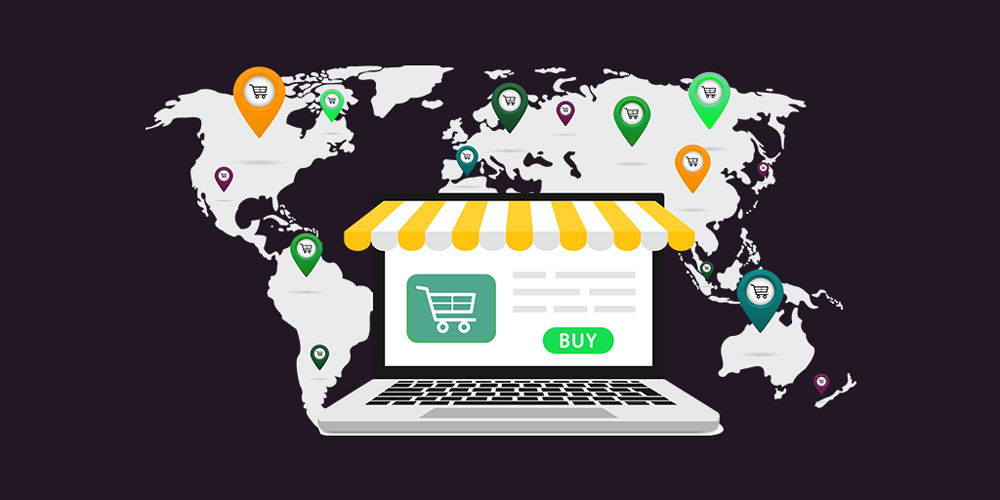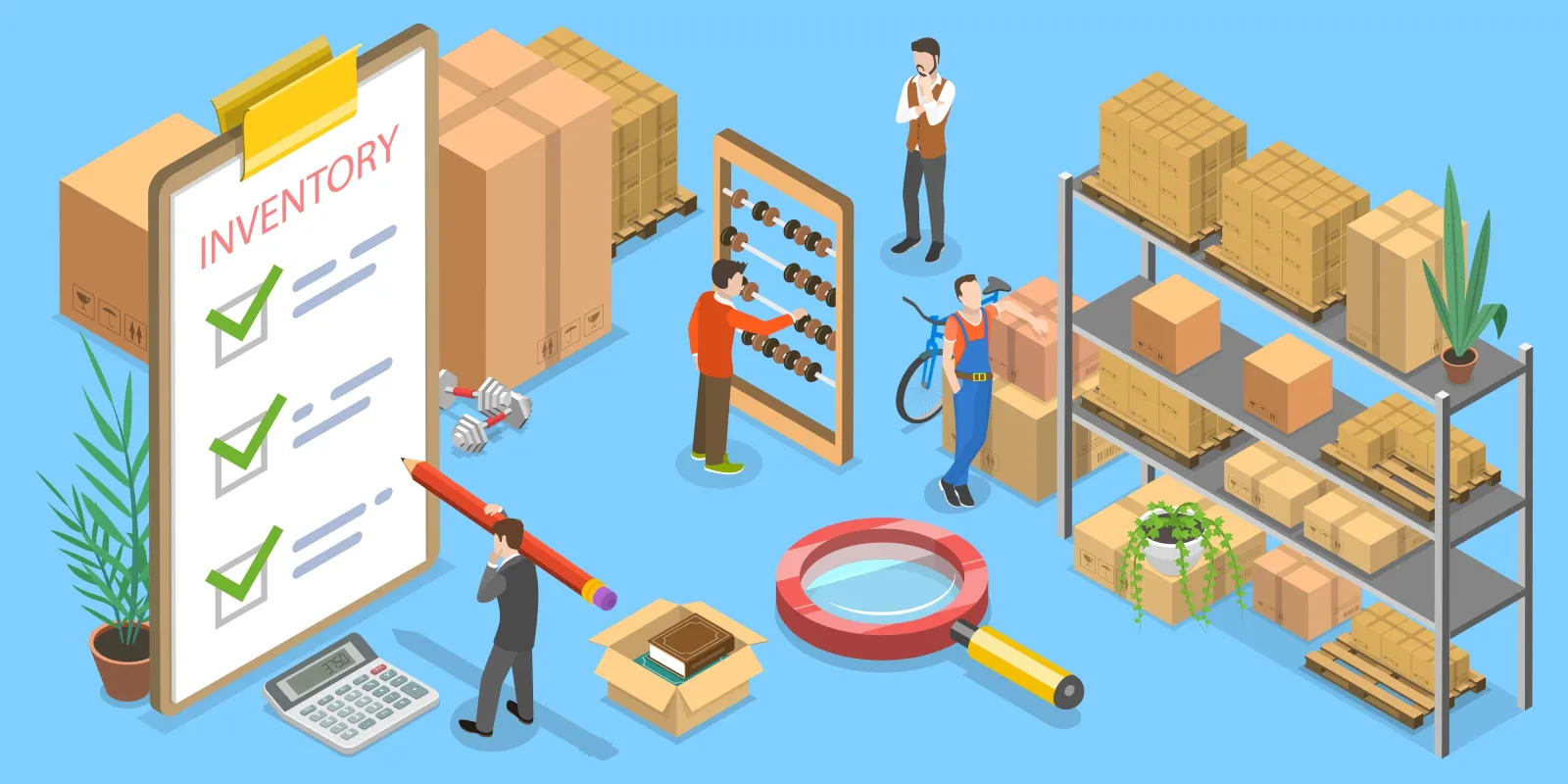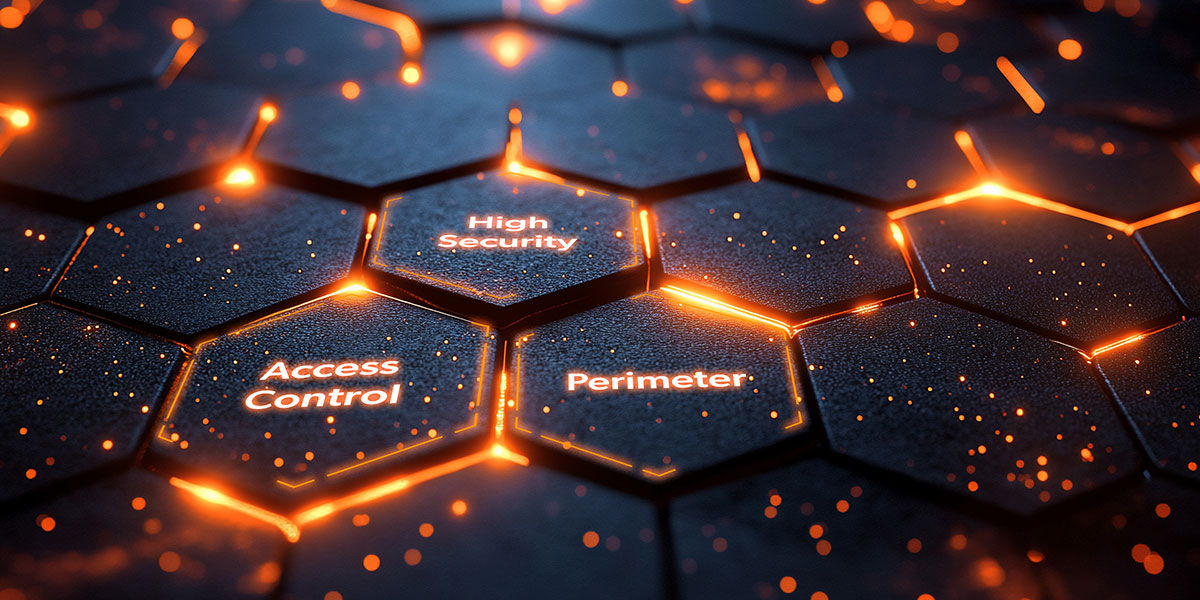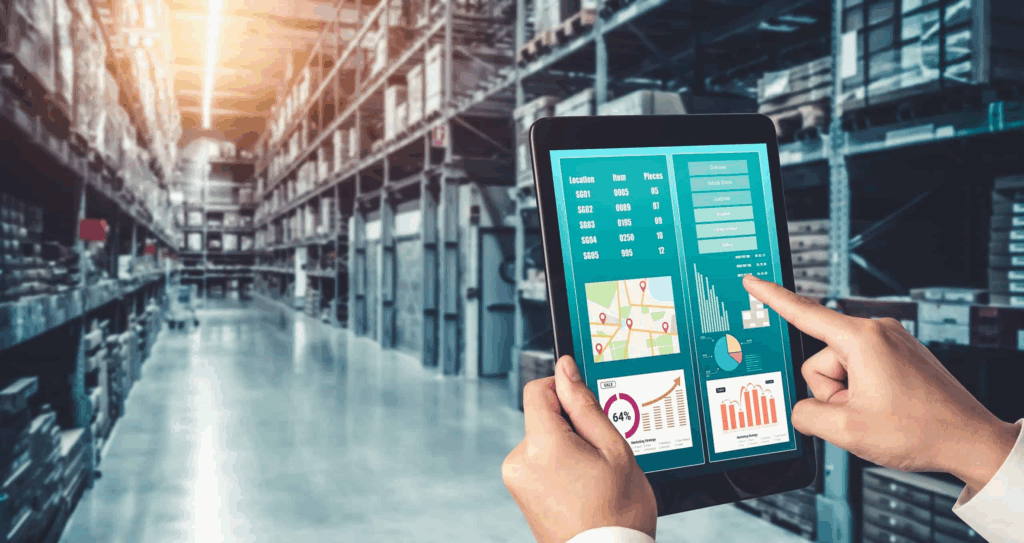Future Trends in TMS: IoT, Blockchain, and Autonomous Delivery
The logistics industry is undergoing a digital transformation, and TMS future trends are shaping how companies adapt. Transportation Management Systems (TMS) are at the center of this shift. As global supply chains grow more complex, TMS platforms must evolve—leveraging technologies like IoT, blockchain, and autonomous delivery to stay competitive.
At PostalParcel, we don’t just follow these trends—we prepare for them. This article explores the key TMS future trends and how 3PL providers and enterprise shippers can stay ahead in the next decade.

1. IoT-Enabled TMS: Real-Time Data, Real-Time Decisions
The Internet of Things (IoT) transforms TMS from a reactive tool into a proactive intelligence hub.
Key Benefits:
- Live Shipment Tracking: IoT sensors in trucks, containers, and pallets provide real-time GPS location, temperature, and vibration data.

- Predictive Maintenance: Connected fleet equipment helps detect mechanical issues before failure, reducing breakdowns and delays.
- Inventory Accuracy: Warehouse and trailer sensors help TMS platforms track exact inventory positions in real-time.
2. Blockchain in TMS: Trust, Transparency, and Compliance
Blockchain is emerging as a secure and decentralized solution to logistics documentation, fraud prevention, and auditability.
How It Impacts TMS:
- Tamper-proof Records: Shipping documentation, delivery confirmation, and invoices are securely logged.
- Smart Contracts: TMS can automatically trigger payments once delivery terms are met, reducing manual work.
- Cross-Border Compliance: Blockchain provides trusted documentation for customs, regulatory filings, and taxation.
Why It Matters:
For global operations, especially in regions with fragmented logistics infrastructure, blockchain brings verifiable trust to every handoff in the chain.
3. Autonomous Delivery Integration: The Rise of Self-Driving Logistics
The future of logistics isn’t just digital—it’s driverless. Autonomous vehicles and drones are rapidly advancing, and TMS platforms must adapt to support this new mode of fulfillment.
How TMS Supports Autonomous Delivery:
- Route Optimization for Drones and AVs: Algorithms must consider flight corridors, no-drive zones, and automated loading docks.
- Digital Handover Protocols: TMS will coordinate between robots, warehouses, and endpoint delivery devices.
- Real-Time Command Centers: For monitoring, rerouting, and managing exceptions with autonomous fleets.
PostalParcel’s Outlook:
We closely monitor autonomous last-mile delivery pilots across Asia and Europe and build TMS adaptability to handle uncrewed fleet operations when regulations allow.
4. AI and Machine Learning: Behind the Scenes of Smart TMS
While not in the title, AI and machine learning are the silent engines behind next-gen TMS features.
What’s Changing:
- Demand Forecasting: Predictive analytics will adjust routing, labor, and warehousing in advance.
- Anomaly Detection: AI can identify shipment anomalies before they become failures.
- Dynamic Decision Making: Real-time data feeds improve ETAs, carrier selection, and customer communication.

As more logistics data becomes available, AI will be essential to making sense of it all—fast.
5. Interoperability and Ecosystem Integration
The future of TMS is not standalone—it’s connected. Systems must integrate with the following:
- WMS (Warehouse Management Systems)
- OMS (Order Management Systems)
- Fleet Telematics
- Global Trade Platforms
- IoT sensor networks
PostalParcel invests in open APIs and modular architecture to ensure our TMS evolves with the broader logistics tech ecosystem.
Final Thoughts
TMS platforms are no longer just routing tools—they’re becoming intelligent, predictive, and autonomous ecosystems. With IoT for live visibility, blockchain for trust, and autonomous delivery on the horizon, the future of TMS is faster, smarter, and more connected than ever.
At PostalParcel, we see these changes not as challenges but as opportunities—to deliver better service, reduce costs, and stay ahead of global logistics trends.
Industry Insights
news via inbox
Nulla turp dis cursus. Integer liberos euismod pretium faucibua








[…] records from manufacturer to patient ensure data integrity. Smart contracts automatically validate compliance, enhancing transparency and reducing manual effort in contract […]
[…] documentation, which are vulnerable to human error, manipulation, and inefficiency. This is where Blockchain technology steps in, offering a revolutionary way to enhance transparency, security, and […]
[…] today’s rapidly evolving digital economy, the Internet of Things (IoT) is driving a major transformation across industries, and logistics and supply chain management […]